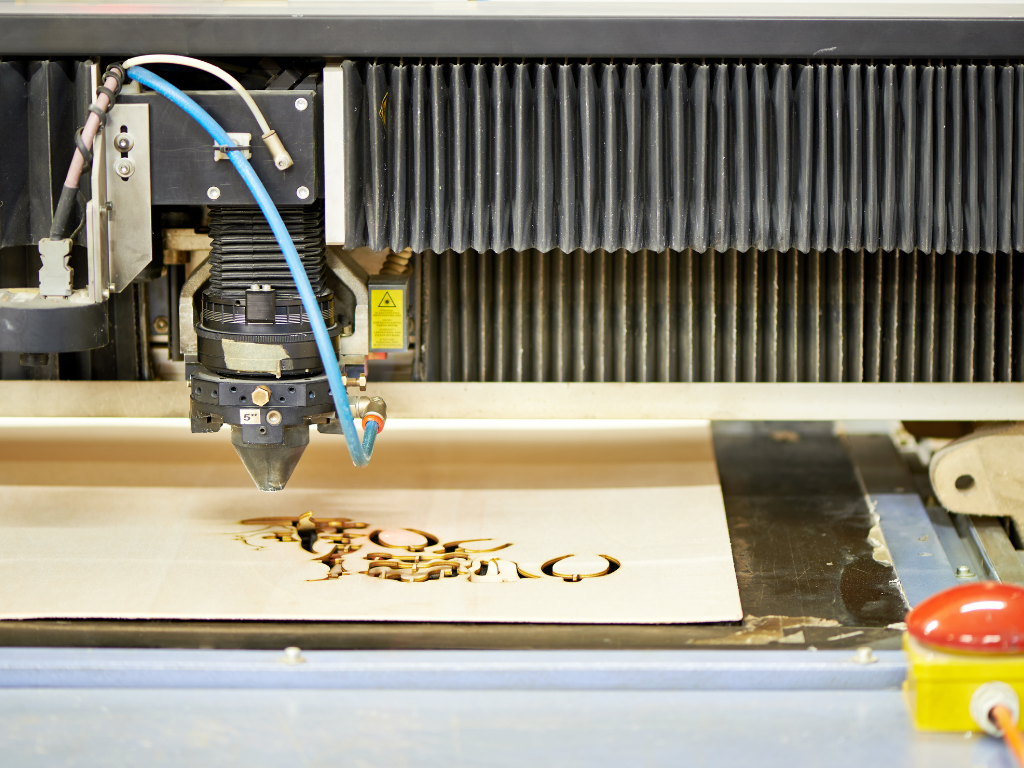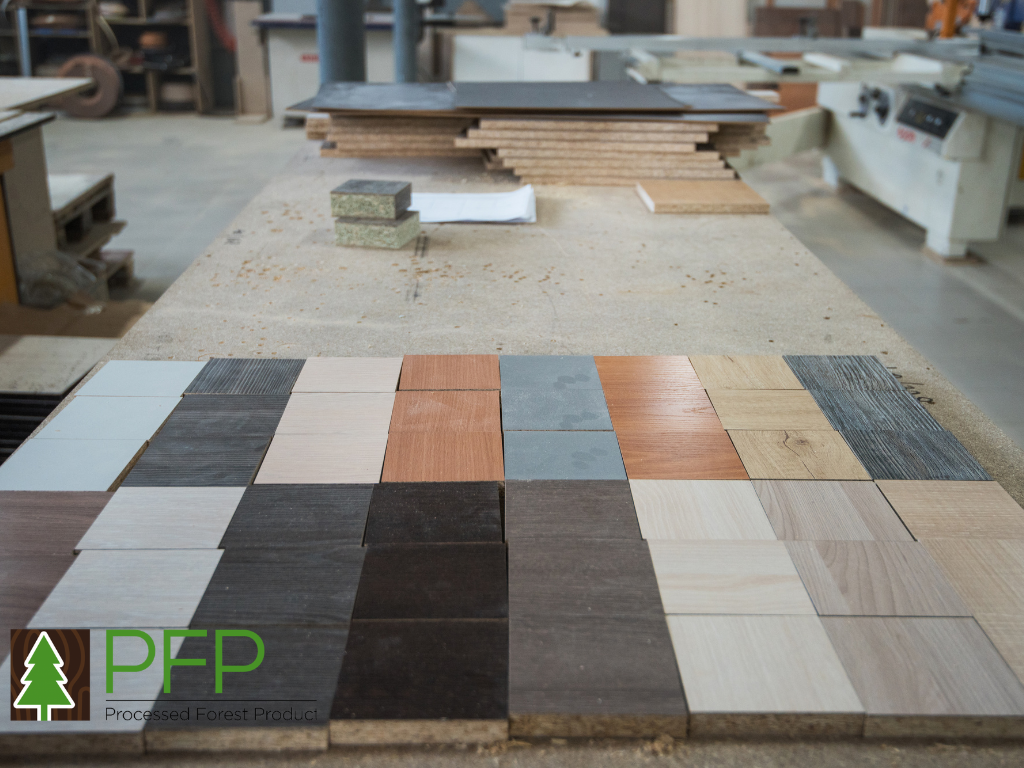[joli-toc]
Over the centuries, the production of timber veneer has undergone significant transformations. Originating from simple hand tools and techniques, today’s production processes are underpinned by sophisticated machinery and digital advancements. In the context of modern-day manufacturing, technology is viewed not only as an enabler but also as a critical component that ensures precision, efficiency, and quality in the production of timber veneer.
Historical Context
In the early days of veneer production, manual methods dominated the scene. Thin slices of wood were meticulously separated from logs using hand tools such as knives and saws. These methods, while showcasing the craft of the artisans, were labor-intensive and lacked consistency in thickness and quality. In addition, the manual approach was limited in its ability to produce large quantities, which in turn affected the scalability of production. Numerous challenges were encountered with these traditional techniques. The inability to maintain uniform thickness led to wastage of precious timber. Moreover, the prolonged and tedious nature of manual processes posed challenges in meeting the growing demand for veneer in various applications.
Modern Machinery and Its Impact
With the advent of the industrial revolution and subsequent technological advancements, a notable shift was observed in the timber veneer production process.
-
Laser Cutting Technology

Once introduced, laser cutting were swiftly adopted as an effective tool for cutting veneer. By the use of high-intensity light beams, veneers of consistent thickness and precision were achieved. The remarkable accuracy ensured by this technology reduced material wastage and offered a finish that was previously unattainable with manual methods.
-
Computerized Quality Control
As the veneer industry expanded, ensuring consistent quality became paramount. In response, computerized systems were developed to automatically detect defects or irregularities in veneer sheets. Through the use of cameras and sophisticated software, imperfections such as knots, splits, and discolorations were identified, allowing for timely corrective measures. This automation not only improved the overall quality of the final product but also significantly reduced human intervention and associated errors.
-
Advanced Pressing Techniques
The bonding of veneer sheets to substrates requires precision and strength. Over time, pressing techniques were refined, leading to superior adhesive bonding and enhanced surface finishes. Hydraulic and pneumatic presses, often equipped with advanced temperature and pressure controls, were employed to ensure uniform bonding across large surfaces. As a result, the durability and appearance of veneered products witnessed considerable improvement.
Digital Design and Customization
The revolution in veneer patterns and textures has been brought about by the advent of computer-aided design (CAD). Through this technology, intricate designs, previously considered challenging to achieve, have been rendered possible. The versatility and precision offered by CAD have enabled manufacturers to replicate even the most complex patterns with ease.
Furthermore, the introduction of digital printing on veneer has been embraced. With this advancement, unique, customized designs can be imparted onto veneer surfaces, broadening the scope for interior decorators and architects. Moreover, quicker turnarounds and reduced wastage have been observed due to the precision of digital printing techniques.
Sustainable Production Innovations
During wood extraction, minimal wastage is now ensured, thanks to resource-efficient logging technologies. By employing advanced machinery and satellite imaging, precise areas for logging are determined, ensuring that the environmental impact is kept to a minimum.
Modern methods to repurpose veneer offcuts and waste have also been introduced. Rather than being discarded, these offcuts are often recycled and reused in various applications. Through such practices, the industry’s carbon footprint has been considerably reduced, and sustainable production is promoted.
Automation and Industry 4.0
In modern veneer production lines, the integration of the Internet of Things (IoT) has been witnessed. Sensors and smart devices, when connected to production machinery, provide real-time data and feedback. This interconnectedness ensures that any discrepancies in the production process are immediately flagged and addressed.
Moreover, a significant role has been played by artificial intelligence (AI) in enhancing veneer production. Predictive maintenance, where potential issues in machinery are detected before they become problematic, has been made possible through AI algorithms. Additionally, these algorithms aid in process optimization, ensuring that the production line runs efficiently and product quality is maintained consistently.
The Future of Timber Veneer Production
In the realm of potential innovations, the idea of 3D printing using wood material has been explored. This technique would allow for even more intricate designs and structures, previously thought impossible, to be created. Additionally, discussions around smart veneers embedded with sensors have been initiated. Such veneers could potentially interact with their environment, adjusting to temperature changes or even detecting wear and tear.

Central to these innovations has been the role of research and development. By pushing the boundaries of what’s possible with veneer technology, new horizons for the industry have been opened. Investments in R&D have ensured that the veneer industry remains at the forefront of technological advancements.
Comparison: 3D Printing Design vs. DIY Timber Veneer Design
| Feature/Aspect | 3D Printing Design | DIY Timber Veneer Design |
| Material Flexibility | A variety of wood materials can be used, sometimes combined with other composites for added strength. | Typically reliant on available timber; flexibility depends on the wood type and quality. |
| Design Complexity | Highly intricate designs can be achieved due to the precision of 3D printing. | Designs are often limited by manual tools and the craftsman’s skill level. |
| Production Time | Faster for complex designs due to automation; can produce multiple pieces simultaneously. | Longer for intricate designs; time varies based on the craftsman’s expertise. |
| Customization | Allows for high customization, including precise replication of digital models. | Customization is possible but might not achieve the exact precision of a digital model. |
| Estimated Cost | Initial setup cost of a mid-range 3D printer: $2,500. Material cost per square foot: $15. Cost decreases to $10/sq ft with bulk production exceeding 500 sq ft. | Average cost of quality timber for veneer: $8 per square foot. Craftsmanship labor: $25/hr. A 10 sq ft piece might take 5 hours, totaling $133 (material + labor). |
| Environmental Impact | Energy-intensive but can be offset with sustainable energy sources. Potential for less waste due to precision. | Relies on sustainable timber sources; manual process can result in more offcuts and waste. |
| Durability | Strength and durability can be enhanced with composite materials. | Durability is heavily reliant on the wood type and treatment methods used. |
| Skill Level Required | Requires technical expertise in 3D modeling and printing. | Requires craftsmanship skills and knowledge in wood handling. |
Conclusion
Throughout this exploration, significant technological milestones in veneer production have been highlighted. From the advent of computer-aided design to the potential of smart veneers, the journey of this industry has been marked by continuous innovation. It can be concluded that the veneer industry, driven by both challenges and advancements, is on a path of continuous evolution and growth.

